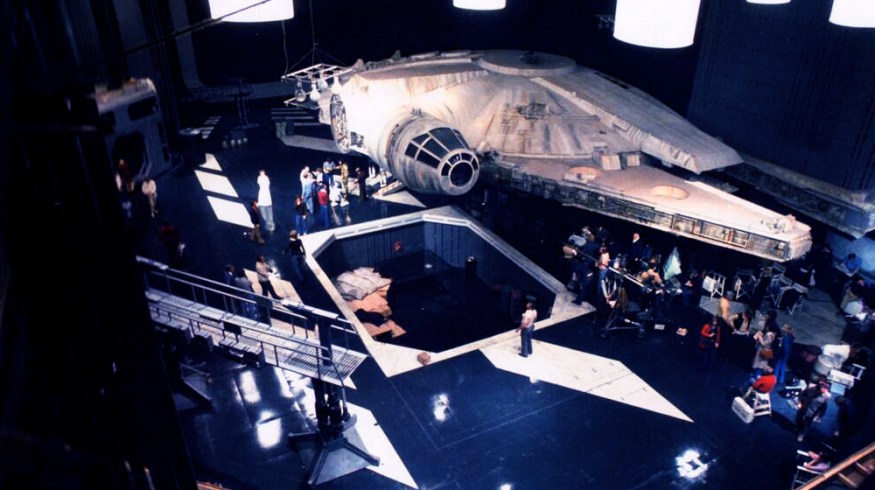
10 VFX Moments That Changed the Industry Forever
The history of filmmaking is marked by amazing moments of game-changing movie magic. Check out these jaw-dropping VFX innovations that radically changed the industry.
Top image from LucasFilm.
The debate over practical versus digital has been raging for a long time. Some argue that the look and feel of practical sets make things seem tangible and tactile. Others love digital movie sets because they free the filmmaker to insert things they otherwise couldn’t.
No matter which side of the fence you plant your flag, both types of effects have been responsible for some iconic moments that changed the industry. Let’s take a look at a few game-changing VFX sequences.
1. In the Beginning, There Was Kong
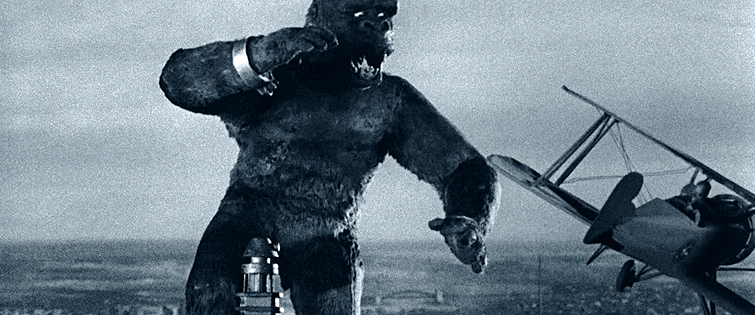
Image: King Kong via RKO Productions.
Before Douglas Trumball wowed us with the Jupiter sequence in 2001: A Space Odyssey and before ILM broke our brains with Star Wars and Jurassic Park, there was a man named Marcel Delgado. A master of stop-motion animation, Delgado revolutionized the industry with 1933’s King Kong, creating special effects unlike any that had previously been seen. You could equate this moment to the first time audiences saw Toy Story decades later. It was, as they say, a a big deal.
Inn 1949, Delgado would team up with a young sculptor named Ray Harryhausen to perfect stop-motion techniques in a film called Mighty Joe Young.
Video from Angus Lamont
2. Harryhausen and the Argonauts
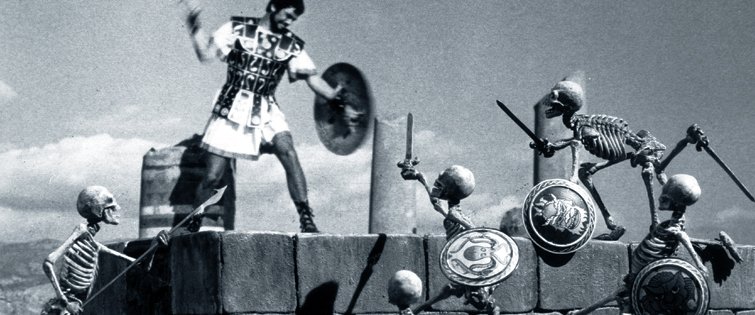
Image: Jason and the Argonauts via Columbia Pictures.
After his fateful collaboration with Marcel Delgado, Ray Harryahusen would go on to develop many stop-motion animation sequences for film. But none of them had the impact that a certain 1963 film had. Just five years before 2001: A Space Odyssey, Harryhausen created magical animation sequences for the fantasy film Jason and the Argonauts. Regarded by Harryhausen as his greatest work, Jason and the Argonauts stunned audiences across the country with one of the most famous VFX scenes of all time as Jason and his Argonauts battled a host of skeleton warriors.
The effects of this film would ignite the imaginations of many young up-and-coming visual effects artists like Stan Winston, Henry Selick, and Richard Taylor. Harryhausen would also be awarded the Academy Lifetime Achievement Award for his work and influence on the film industry. During the ceremony actor Tom Hanks said:
Some people say Casablanca or Citizen Kane… I say Jason and the Argonauts is the greatest film ever made.
Video from Jason and the Argonauts
3. Douglas Trumbull’s Space Odyssey
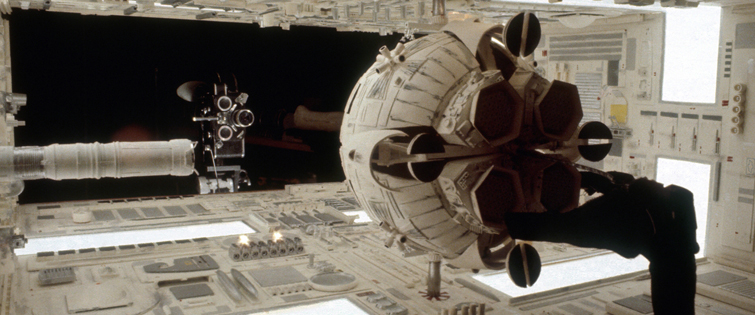
Image: 2001: A Space Odyssey via Warner Bros.
Five years after Jason and the Argonauts was released, a sci-fi film would take things one step further. Using miniatures and massive sound stages, director Stanley Kubrick would gather a team to handcraft the future before our very eyes. Even though this was an amazing feat, the real game-changing VFX moment came during the “Star Gate” section at the end of the film. For this, a young special effects artist named Douglas Trumbull used a technique called slit-scan photography. He would also charge water with various inks, paints, and chemicals to create portions of space.
These techniques had never been done before. When the film hit screens, it completely revolutionized the film industry — and inspired a young filmmaker named George Lucas to finally tackle a massive project he had been trying to develop for some time.
Video from ziggyvs
4. A New Hope With Industrial Light & Magic
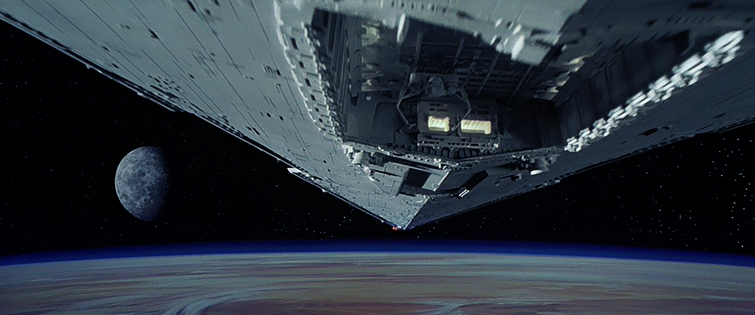
Image: Star Wars Episode IV – A New Hope via Lucasfilm.
In 1975, George Lucas began developing his latest film, The Adventures of Luke Starkiller. In order to fulfill the visual effects needs for production, Lucas reached out to VFX artist Douglas Trumbull. However, Trumbull declined the opportunity, as he had already committed himself to creating the VFX for a Steven Spielberg film called Close Encounters of the Third Kind. To help Lucas out, Trumbull suggested his assistant, John Dykstra. From this moment on, Lucas and Dykstra would form a visual effects company known as Industrial Light & Magic. Their first project? Star Wars.
For Star Wars, Dykstra gathered a collection of amazing talent that included VFX artists like Ken Ralston, Richard Edlund, Dennis Muren, Joe Johnston, Phil Tippett, and Steve Gawley. This team developed a motion-controlled camera and used it against black backdrops in order to film highly detailed spacecraft models. The moving camera would pan around the models and give them a sense of motion that would then be superimposed.
This could quite possibly be the biggest moment in all of film history, as Star Wars would go on to completely flip the industry on its head and inspire an entire generation of filmmakers and VFX artists.
Video from Marcelo Zuniga
5. Mr. Lasseter and the Stained Glass Man
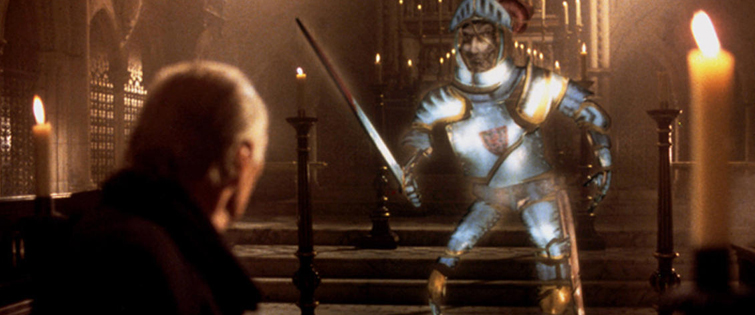
Image: Stained-Glass Man sequence via Paramount Pictures.
In 1985, a young artist named John Lasseter (who worked with Industrial Light & Magic’s Graphics Group, later to be known as Pixar) developed the first fully functional computer-animated character for the big screen. This character was the “Stained Glass Man” from Young Sherlock Holmes. At the time of its creation, it truly was a remarkable feat. No one had seen a fully rendered character like that before. From this moment on, the world of VFX changed forever — but it didn’t just happen over night.
It would take some time before the industry would trust the use of fully rendered animated characters. But this moment, though small and not always known by most people, was indeed a massive moment in film history. Of course, John Lasseter would go on to create and direct Toy Story, but the work he left behind at Industrial Light & Magic would inspire longtime VFX supervisor Dennis Muren to convince filmmaker Steven Spielberg to take a chance with 3D rendered characters for his next project.
Video from Movieclips
6. Rubber and Digital Dinos in the Same Frame
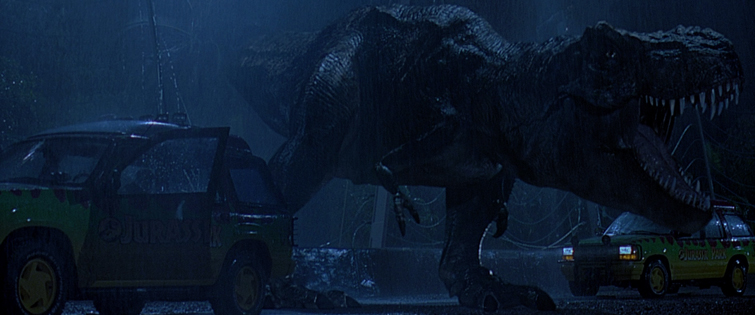
Image: Jurassic Park via Universal Pictures.
In order to prove that his team could pull off such a feat, Dennis Muren and his team at ILM collaborated with Stan Winston’s creature shop to bring 1993’s Jurassic Park to life on the big screen. This is where things really turned for the world of CG and visual effects. Now the industry had concrete evidence that the VFX industry could indeed create computer-animated imagery that looked real. ILM took a gamble, believing that if you give the audience enough tangible assets, you can extend that environment with optical illusions that they will accept. This is where we get into the theory of “the perfect blend,” which Jurassic Park nailed: mixing digital dinosaurs with the practical dinosaurs created by Stan Winston and his creature shop. This is the launching point for the type of VFX seen in many modern films.
Video from Movieclips
7. Bullets Fly Reeeeeeeally Slow in the Matrix
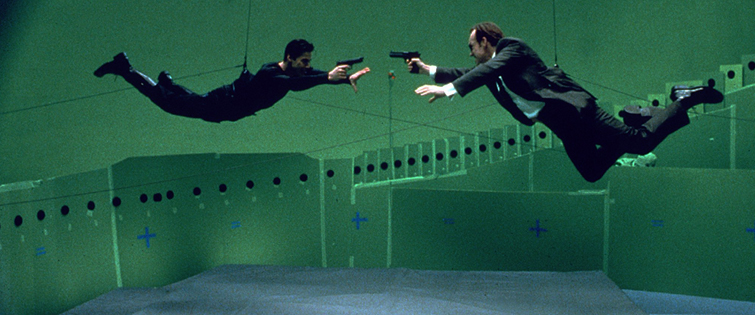
Image: The Matrix via Warner Bros.
Six years after Jurassic Park, the game changed once again as Neo twisted and leaned and ducked to avoid Agent Smith’s bullets on an urban rooftop. It wasn’t the choreography and gunplay that shocked people… It was the way the sequence was filmed, in 180 degrees of motion.
VFX supervisor John Gaeta developed the process known as “bullet time” by using a large array of still photography cameras. These cameras would then flash and take pictures in quick succession. These still photographs would then be placed into an NLE system where they would be edited together to create a sweeping moment of slow-motion action.
Video from Movieclips
8. The Lords of MoCap
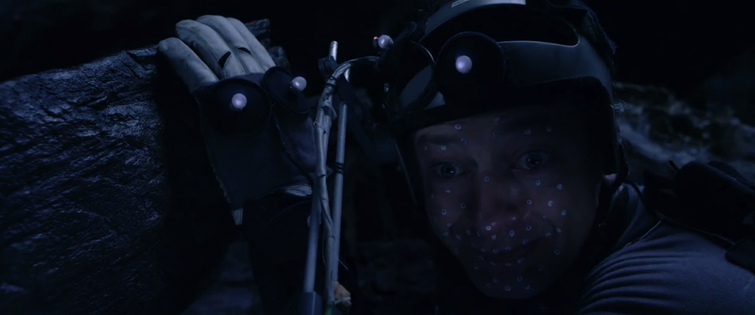
Image: motion capture on the set of The Lord of the Rings via Warner Bros.
Just a short few years after The Matrix, director Peter Jackson and VFX supervisor Richard Taylor collaborated to bring the world of Middle Earth to the big screen when they developed The Lord of the Rings trilogy. While there were plenty of old-school SFX techniques on display, there was one process that made this one of the very best moments in VFX history: the introduction of Gollum and the process of Motion Capture or Performance Capture.
Richard Taylor and his crew at Weta Digital had actor Andy Serkis wear a specialized suit that allowed them to capture the motion and facial expressions for the character. Once this performance was completed, the data was sent to artists who crafted the 3D version of Gollum. It wouldn’t take too long for this process to catch on in the industry — and soon a film would be created almost exclusively through this process.
Video from Movieclips
9. In the 3D Mindscape of James Cameron
![]()
Director James Cameron has always been one to really push the limits of his film production. So it was no surprise when he released Avatar. While there were plenty of flesh-and-blood characters in the film, the majority of what is seen was accomplished through Performance Capture. Weta Digital expanded on what they learned with The Lord of the Rings to capture more facial emotions from the characters, including eye movement. The film also ushered in a new wave of 3D theater experiences, which exploded after the film’s release.
Video from officiaIavatar
10. Breaking Reality With the Virtual
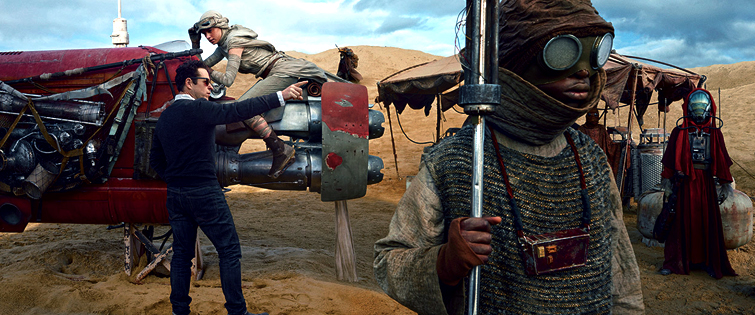
Image: Star Wars: The Force Awakens via LucasFilm.
The world of entertainment is on the cusp of something pretty amazing. The idea of immersive cinema has been around for many decades. In fact, VFX legend Douglas Trumbull has been working on ways to make this a reality for many years. But the next game-changing technological leap might very well be virtual reality.
With VR headsets and related camera tech waiting just around the corner, it wont be long before we begin to see the fruits of this new technology. In fact, you can already see some of it through the Industrial Light & Magic xLAB. This facility works toward the creation and development of immersive entertainment built around the Star Wars franchise. Check out the video below for a sneak peek.
Video from The Verge
What are your thoughts on these game-changing VFX moments? What did we leave off the list? Let us know in the comments below!






